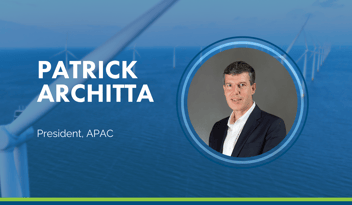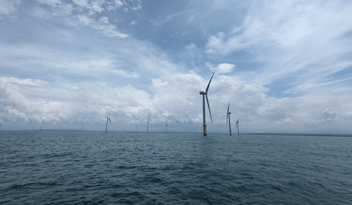
What are the impacts of shifting solar lifetime from 25 to 35 years?
The traditional lifespan of 25 years for solar PV technology is becoming a thing of the past, now making way for 30 to 35-year projections. But what impacts might you face by shifting the expected lifetime of your solar PV plant to 35 years?
Here’s some insight from some of our solar experts:
What is the expected lifespan of a PV project?
Designs for solar PV equipment and structures are designed for at least a 25-30-year time frame, and as standard warranted for 25-years. Tests indicate that modules can still function well beyond 25 years and so investors and asset owners expect them to last some years beyond the module warranty.
Recent financial models that we have reviewed are mostly projecting for 30-40-year lifespans and in markets like Spain, thanks to regulatory changes two years ago aiming to de-stress operating assets, 35-year lifespans are widely accepted. The key to accepting this longer lifespan involves budgeting of maintenance reserves and degradation assumptions which technical advisors can accept.
How does a 35-year lifespan impact on financing and LCOE?
- Importance of lifespan - Financiers often lean on the long potential life of solar PV plants to get a lower LCOE. This was less of a concern previously under the Feed-in-Tariff schemes for which financing was relying on the longevity of the FIT moreso than the equipment lifespan. In the current subsidy free market, a longer lifespan becomes more important to the finances of a project, as more value can be extracted.
- Rapid development brings uncertainty - Rapidly developing technology and a lack of PV plants that have existed as long as the proposed expanded lifespans means there is some risk. Extrapolating long-term performance with minimal long-term operational data brings associated uncertainty. For example, the reduced thickness of silicon is a key driver in the reduction of module price we have seen in recent years, and the long-term degradation impacts of this increasingly brittle material is unknown.
- Clarity needed on degradation – With most modules warranted for an output degradation of 0.7% per year over a 25-year performance warranty period, extended lifespan calls degradation assumptions into question. Many developers are pushing degradation rates to 0.25% per year and lower for their projects with very little evidence of this being achievable in the near-term, let along for extended lifetimes. Module quality, design of support structures and installation quality can all impact the long-term degradation of models. The industry is lacking in detailed, up-to-date degradation studies for both the standard and extended lifespans.
- Exposure to merchant risk – Aside from technical considerations, another concern for financiers is exposure to merchant risk (the merchant tail). Market price assumptions used by financiers and the production contracting strategy used by asset owners (corporate PPAs, hedges etc.) have a material impact on the amount of debt that can be raised by the asset and therefore, the equity IRR.
What is the impact on operations and maintenance?
- Despite the lack of precedent for solar PV achieving 35-year lifespans, current installation experience gives a good indication of O&M impacts which will need to be addressed to operate for 35 years. For example, it is now well understood that inverters do not last much more than 10 years, and O&M budgets for inverter replacements have been considered, typically with rolling replacement such that all inverters will be replaced. This same thinking can simply apply whether the lifetime is 25 or 35 years.
- Long term O&M is further complicated by the likelihood that the plant will change hands multiple times with different O&M teams, particularly early in life, which can impede cost effective diagnosis of issues or performance losses.
- Regarding costs of long term replacements, these costs are closely examined by lenders and it is usual to see them ask for Maintenance Reserve Accounts in the cash flow waterfall – a daunting task given the historic cost reductions observed in the industry. There is a tendency for asset owners to take a punt on assumed cost reductions going ahead. The problem is compounded in the sector due to the non – negligible amount of asset owners who also provide O&M on their own assets (potential conflict).
Although additional considerations should be expected when planning for a longer project lifespan, these are not insurmountable and for many projects, the potential benefits would far outweigh the impacts and challenges.



